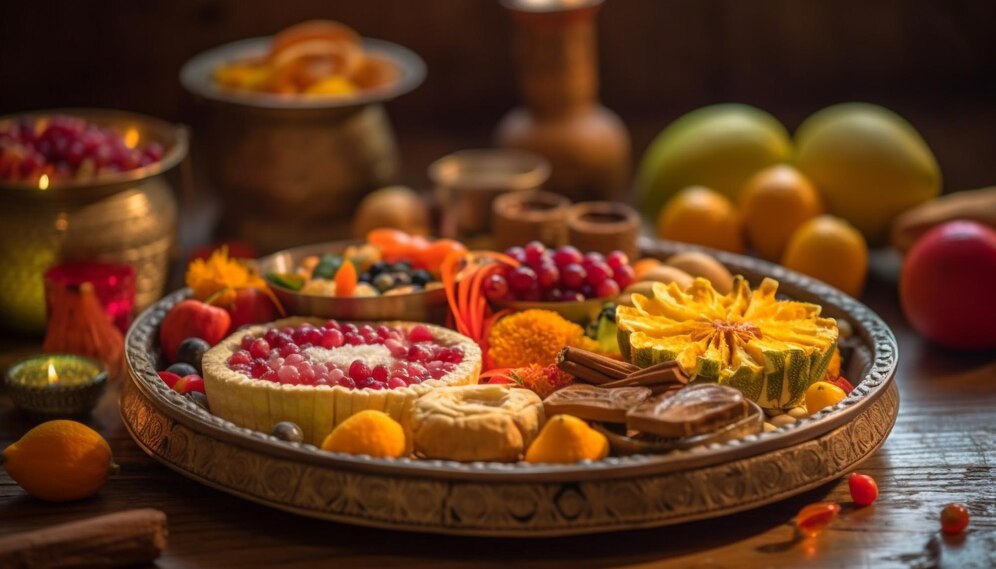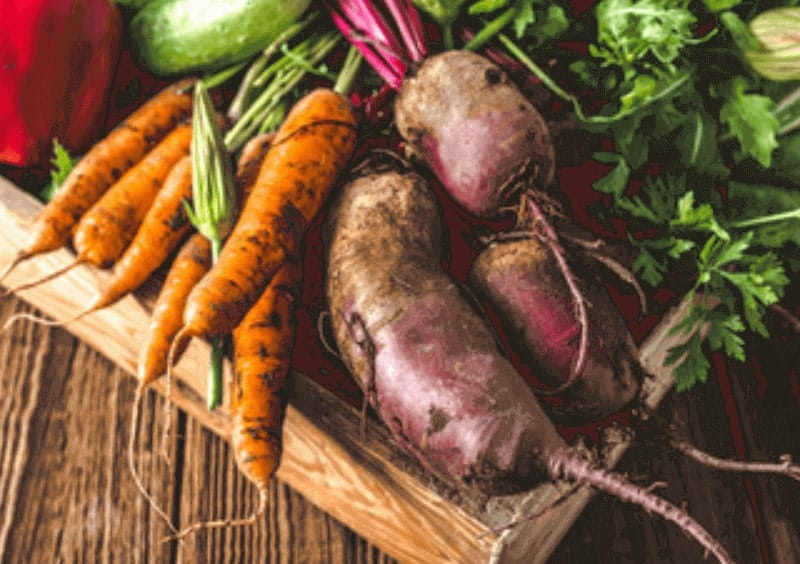Tamisie brings back happy memories of family times and delicious food. It smells so good, like being in grandma’s kitchen during celebrations. Eating Tamisie reminds me of our culture and our love as a family.
“Tamisie” is a traditional Southeast Asian delicacy cherished for its rich flavors and cultural significance. It’s a favorite treat during festivals and family gatherings, symbolizing unity and celebration.
Learn about Tamisie in this article, from where it comes from to why it’s so special. Dive into its delicious flavors and find out why people love it. Discover the story behind Tamisie and why it’s celebrated around the world.
What Is Tamisie And Where Does It Come From?
Tamisie is a traditional Southeast Asian delicacy, particularly prevalent in countries like Indonesia, the Philippines, and Malaysia. It typically consists of rice flour, palm sugar, and coconut milk, although variations exist across regions.
The origins of Tamisie can be traced back to ancient culinary traditions in these countries, where it was initially prepared using locally available ingredients. Over time, Tamisie has evolved and adapted, incorporating influences from various cultures and culinary practices.
Tamisie holds significant cultural importance in the communities where it is enjoyed. It is often associated with celebrations, festivals, and communal gatherings, symbolizing unity and prosperity.
Why Is Tamisie Considered Special Or Significant?

Here are the points:
- Cultural Significance: Tamisie holds profound cultural importance in Southeast Asian communities, symbolizing unity, prosperity, and shared heritage.
- Traditional Delicacy: It is cherished for its unique taste and texture, crafted from rice flour, palm sugar, and coconut milk.
- Rituals and Gatherings: Tamisie is a centerpiece of celebrations, festivals, and family gatherings, bringing people together to bond over its delicious flavors.
- Labor of Love: The intricate preparation process of making Tamisie adds to its unique status, requiring attention to detail and a love for tradition.
- Global Recognition: Tamisie’s popularity extends beyond its region of origin, spreading joy and creating connections among diverse communities worldwide.
Read: Potential Soldiers In Belarus – Enlist For Join Belarus Forces!
How Is Tamisie Prepared And What Ingredients Are Used?
- Ingredients:
- Tamisie uses three main ingredients: rice flour, palm sugar, and coconut milk.
- Rice flour is ground rice that gives Tamisie its texture, while palm sugar adds sweetness and coconut milk adds flavor and creaminess.
- Mixing and Preparation:
- The ingredients are mixed to form a smooth batter.
- This batter is poured into molds or containers and placed in a steamer.
- Steaming Process:
- The Tamisie batter is steamed for about 20 to 30 minutes until it becomes firm.
- Steaming cooks the mixture evenly and helps it to set into a solid form.
- Cooling and Serving:
- After steaming, the Tamisie is left to cool completely.
- Once cooled, it can be cut into smaller pieces and served.
- Texture and Flavor:
- Tamisie has a soft, chewy texture and a sweet coconut flavor.
- It is enjoyed as a dessert or snack, particularly during special occasions and celebrations in Southeast Asian cultures.
What Cultural Traditions Or Occasions Involve Tamisie?

Tamisie is often part of various cultural traditions and occasions in Southeast Asian communities. It is commonly enjoyed during festivals, weddings, and other special celebrations as a symbol of unity, prosperity, and shared heritage.
Additionally, Tamisie may be offered as a sweet treat during religious ceremonies or rituals, signifying reverence and devotion. Its presence at these events highlights its cultural significance and role in fostering connections among individuals and communities.
Read: Door Trim Ideas – Everything You Need To Know!
Where Can You Buy Tamisie? – Culinary Delight!
| Where to Buy Tamisie | Description |
| Local Markets | Freshly made Tamisie is available alongside other traditional snacks and desserts. |
| Specialty Stores | Stores focusing on Asian foods may carry Tamisie, offering a more comprehensive selection of traditional delicacies. |
| Asian Grocery Stores | Tamisie can be found in Asian grocery stores offering a diverse range of Asian ingredients. |
| Online Retailers | Various online retailers specialize in selling Asian food products, including Tamisie. |
When Did Tamisie Gain Popularity Worldwide? – Global Appeal!
Tamisie gained popularity worldwide over a long time. It started in Southeast Asia and spread because of trade, colonialism, and people moving to new places. People in different countries liked its taste as it travelled and started making it themselves.
Also, with the internet and TV, more people learned about Tamisie and wanted to try it. Restaurants around the world started serving it, too. Slowly but surely, Tamisie became famous everywhere because of its yummy flavour and adaptability to different cultures.
Why Is Tamisie Loved By So Many? – Rich Flavors!

- Rich Flavors:
Tamisie offers a harmonious blend of flavors, ranging from the subtle sweetness of palm sugar to the creamy richness of coconut milk. Each bite provides a sensory experience that tantalizes the taste buds and leaves a lasting impression.
- Cultural Significance:
Beyond its culinary appeal, Tamisie holds deep cultural significance in Southeast Asian communities. It is often associated with important cultural rituals, such as weddings, festivals, and religious ceremonies, where its presence symbolizes unity, prosperity, and tradition.
- Versatility:
One of Tamisie’s most notable attributes is its versatility. While it is commonly enjoyed as a dessert, it can also be served in savory dishes or incorporated into various culinary creations. This adaptability allows Tamisie to remain relevant across different culinary traditions and preferences.
- Communal Aspect:
The process of preparing and sharing Tamisie is often a communal activity, bringing people together to bond over cooking and enjoying this beloved dish. Whether it’s families gathering in the kitchen or communities coming together for festive celebrations, Tamisie fosters a sense of togetherness and shared experience.
- Memorable Experiences:
For many individuals, Tamisie is more than just a food—it’s a source of cherished memories and nostalgia. Whether reminiscing about childhood flavors or celebrating special occasions with loved ones, the experience of enjoying Tamisie often evokes a sense of warmth and connection.
- Sensory Delight:
Tamisie delights the senses with its enticing aroma, luscious texture, and indulgent flavors. Each component, from the softness of the rice flour to the richness of the coconut milk, contributes to a sensory experience that is both comforting and satisfying.
Read: Unblocked Games 24h – Let The Gaming Adventure Begin!
Frequently Asked Questions:
1. Can I Find Tamisie Ingredients Easily Outside Of Southeast Asia?
Finding Tamisie ingredients outside of Southeast Asia might vary depending on your location. While some ingredients, like rice flour and coconut milk, are commonly available in many grocery stores worldwide, others, such as specific varieties of palm sugar, might be more challenging.
2. What Are Some Creative Ways To Use Tamisie Apart From Traditional Recipes?
Beyond traditional desserts, Tamisie can be incorporated into various dishes such as pancakes, puddings, or even savoury snacks like dumplings or fritters, allowing culinary experimentation and innovation.
3. Are There Any Health Benefits Associated With Consuming Tamisie?
Tamisie contains ingredients like rice flour and coconut milk, which provide essential nutrients and energy. Additionally, some cultures believe that Tamisie has medicinal properties and can aid digestion and boost immunity.
4. Is Tamisie Suitable For People With Dietary Restrictions?
Yes, Tamisie can be suitable for people with dietary restrictions with some adaptations. Variations of Tamisie recipes cater to specific dietary needs, such as gluten-free and vegan versions.
Conclusion:
Tamisie is more than just a tasty treat; it’s a story of flavours, culture, and togetherness. It started in Southeast Asia and now it’s loved worldwide. What makes it special? Well, it tastes fantastic, it’s full of meaning, and you can use it in many ways. Plus, you can find the ingredients in different places.
Read More:




